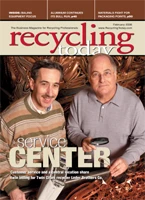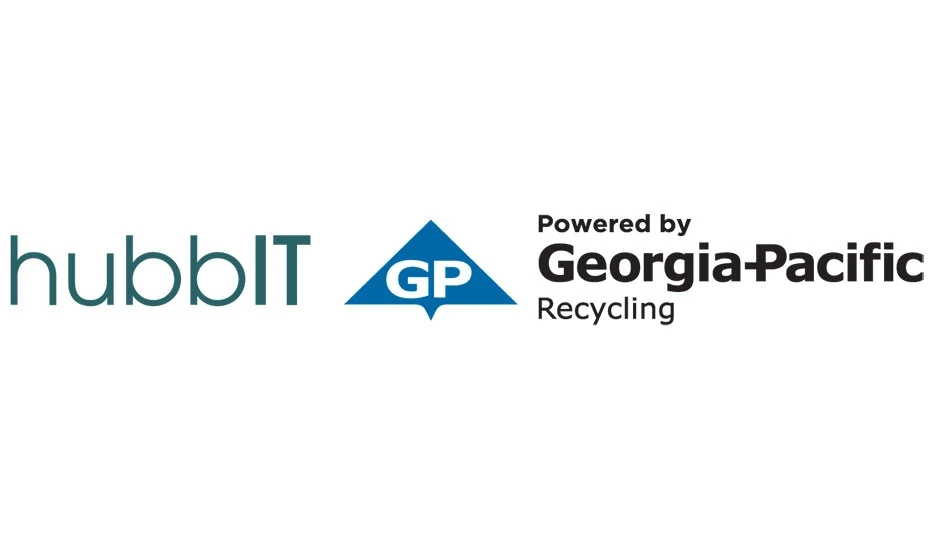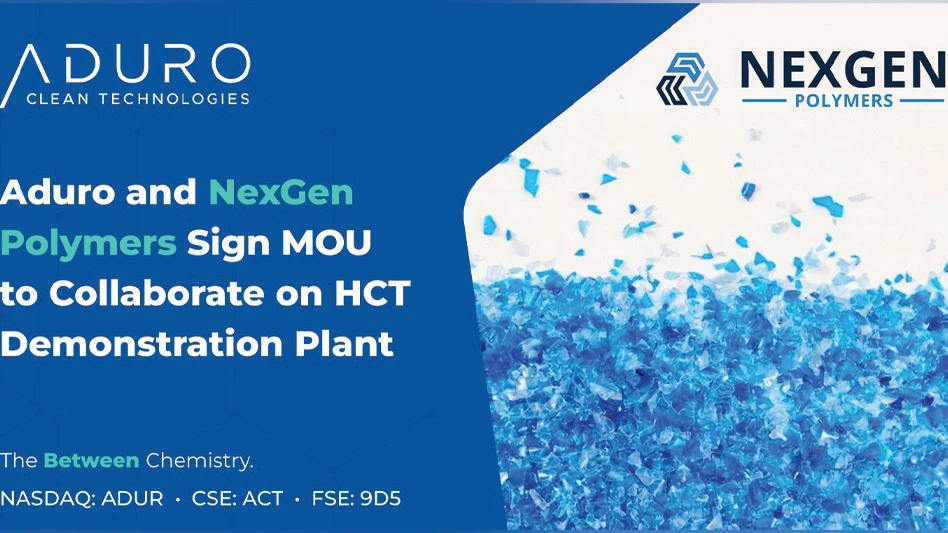Where there is a will to recycle there is a way, even in a part of the world where Arctic cold can make the collection and processing of recyclables a real challenge.
On Nov. 1, 2005, the government of the Northwest Territories (NWT) began Canada’s most northerly recycling program.
The goal is to recover, reuse and recycle the more than 25 million beverage containers sold in the NWT each year. Until recently, most of these containers had ended up in the garbage or as litter.
TOPIC OF DISCUSSION. The concept for the Beverage Container Recovery Program began in 2001 with a discussion paper that asked what waste recovery and recycling services residents expected the territorial government to offer. The concept of recycling met with overwhelming positive response, and input from the public and key stakeholders resulted in the Waste Reduction and Recovery Act being passed by the Legislative Assembly in October 2003. This Act’s fundamental principles are:
• Reduce, Reuse, Recycle - Reduce waste, reuse and recycle materials.
• Polluters Pay - Makers and consumers of materials pay to control, fix and ideally prevent pollution problems.
• Product Stewardship - Manufacturers of products are responsible for them from beginning to end, including disposal of those products.
• Universal Access - All NWT residents can have access to participate.
The Waste Reduction and Recovery Act sets up a legislative framework for recovering different kinds of material for reuse and recycling. The subsequent Beverage Container Regulations establish the program, help fund the setup of community recovery depots and regional processing centers and determine the refundable deposits and non-refundable recovery fees to be collected.
EAGER RECYCLERS. The success of this program was evident from the initial month of operation with more than 1.67 million empty containers being diverted from the waste stream.
The program has had to overcome several major challenges including the large land area of the NWT (the NWT covers 1.3 million square kilometers) and low population (43,000 people).
There is one city of 21,000 (Yellowknife), and there are 32 other towns, villages, settlements, hamlets and charter communities. Many of these are only accessible by barge in the summer or by ice road in the winter, making transportation logistics another major challenge.
Beverage containers were selected as the first recyclable to include in the recovery system. All ready-to-serve drink containers (glass, plastic, aluminium, metals, waxed cardboard and aseptics) are included, except for milk containers. The government of the NWT (GNWT) administers the program, but all handling and processing of materials is done by private businesses or community organizations.
Beverage distributors must be registered with the GNWT. These distributors collect deposits and processing fees from their retailers and remit these surcharges to a special fund known as the Environment Fund. Consumers pay both a deposit and processing fee to the retailer upon purchase of the beverage product and are refunded the full deposit when the container is returned to a designated depot. For example, the deposit and recovery fees on a beer can total 15 cents, with 10 cents of that refunded at the depot.
By the end of November, 19 depots were licensed in communities representing more than 90 percent of the territories’ population. Three regional processing centers have been established in Yellowknife, Hay River and Inuvik. Depot operators collect, sort and store empty containers until they can be shipped to a processing center.
Containers recovered are recycled and reused as much as possible. The GNWT has entered into an agreement with Brewers’ Distributors Limited of Alberta that enables all refillable beer bottles to be transported to Brewers Distributors for reuse. Aluminum cans and plastic bottles are densified and transported to recycling markets in southern Canada.
In Yellowknife, local markets and uses for other materials are being developed. For example, non-refillable glass containers are crushed and used locally as a substitute for sand.
BALING AWAY. The three regional processing centers have been supplied with recycling equipment that includes vertical balers made by Harmony Enterprises, Harmony, Minn., for baling plastic bottles, cardboard and juicebox containers, densifiers for aluminum cans and glass breakers for non-refillable glass bottles.
The Yellowknife center is equipped with a Harmony S60XDRC fed by a conveyor, while the balers at the two smaller depots do not include conveyors. They were selected for their ability to make dense bales while taking up a small amount of floor space. The bale size produced by the vertical balers is 60 inches by 30 inches by 48 inches.
Even if material collected comes in with a touch of Arctic freeze still included, the balers exert enough pressure to get the job done. Chris Cremer of Harmony Enterprises says the models being used supply 92,360 pounds of platen pressure.
"The S60XDRC is a high-speed, deep-penetrating, rear-conveyor fed downstroke baler," says Cremer. "It is commonly used for aluminum, PET plastic, HDPE, newspapers, magazines, etc. Even the company Black & Decker uses them to crush off-spec yard trimmers that come off their line."
Public participation in the program has been very enthusiastic. By the end of November 2005, Yellowknife’s depot and processor The Bottle Shop had collected more than 900,000 empty beverage bottles and cans. Most of these materials will be baled or densified or stored whole until full truckloads are ready for transport into southern reuse and recycling markets.
Over the next several years the GNWT will be looking at expanding the program to include other materials such as milk containers, cardboard, plastics, tires and electronic scrap.
The author is with Ecotainer Sales Inc., Canadian Distributor for Harmony Balers. He can be reached via e-mail at tom@ecotainer.ca.

Explore the February 2006 Issue
Check out more from this issue and find your next story to read.
Latest from Recycling Today
- ReMA opposes European efforts seeking export restrictions for recyclables
- Fresh Perspective: Raj Bagaria
- Saica announces plans for second US site
- Update: Novelis produces first aluminum coil made fully from recycled end-of-life automotive scrap
- Aimplas doubles online course offerings
- Radius to be acquired by Toyota subsidiary
- Algoma EAF to start in April
- Erema sees strong demand for high-volume PET systems







